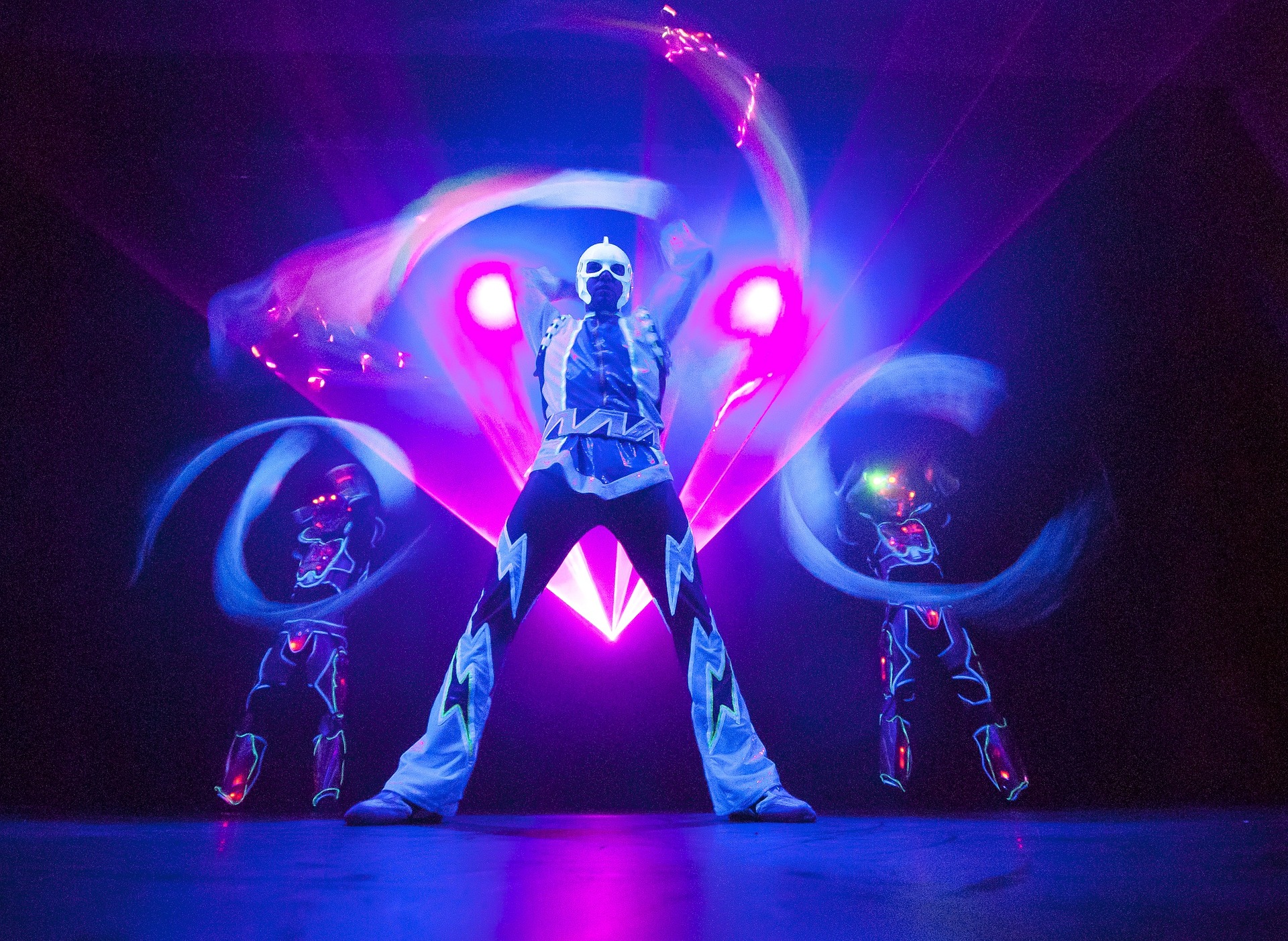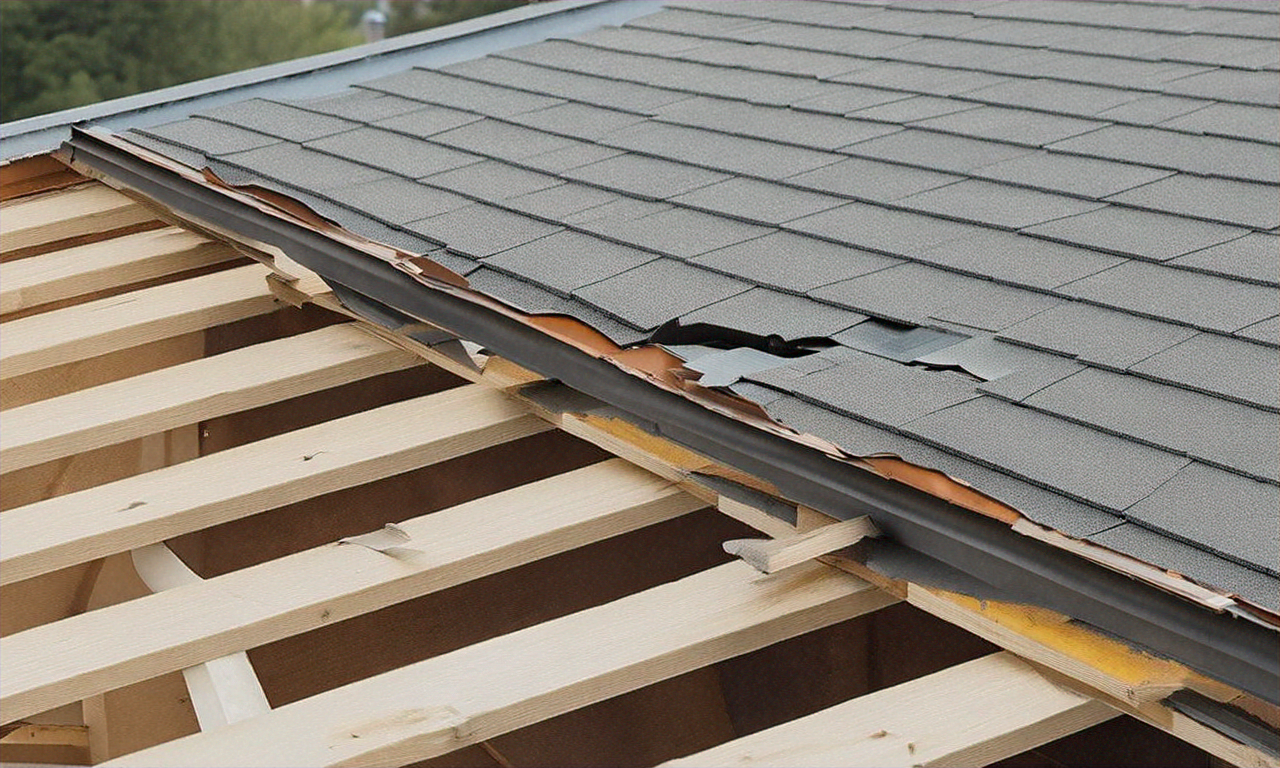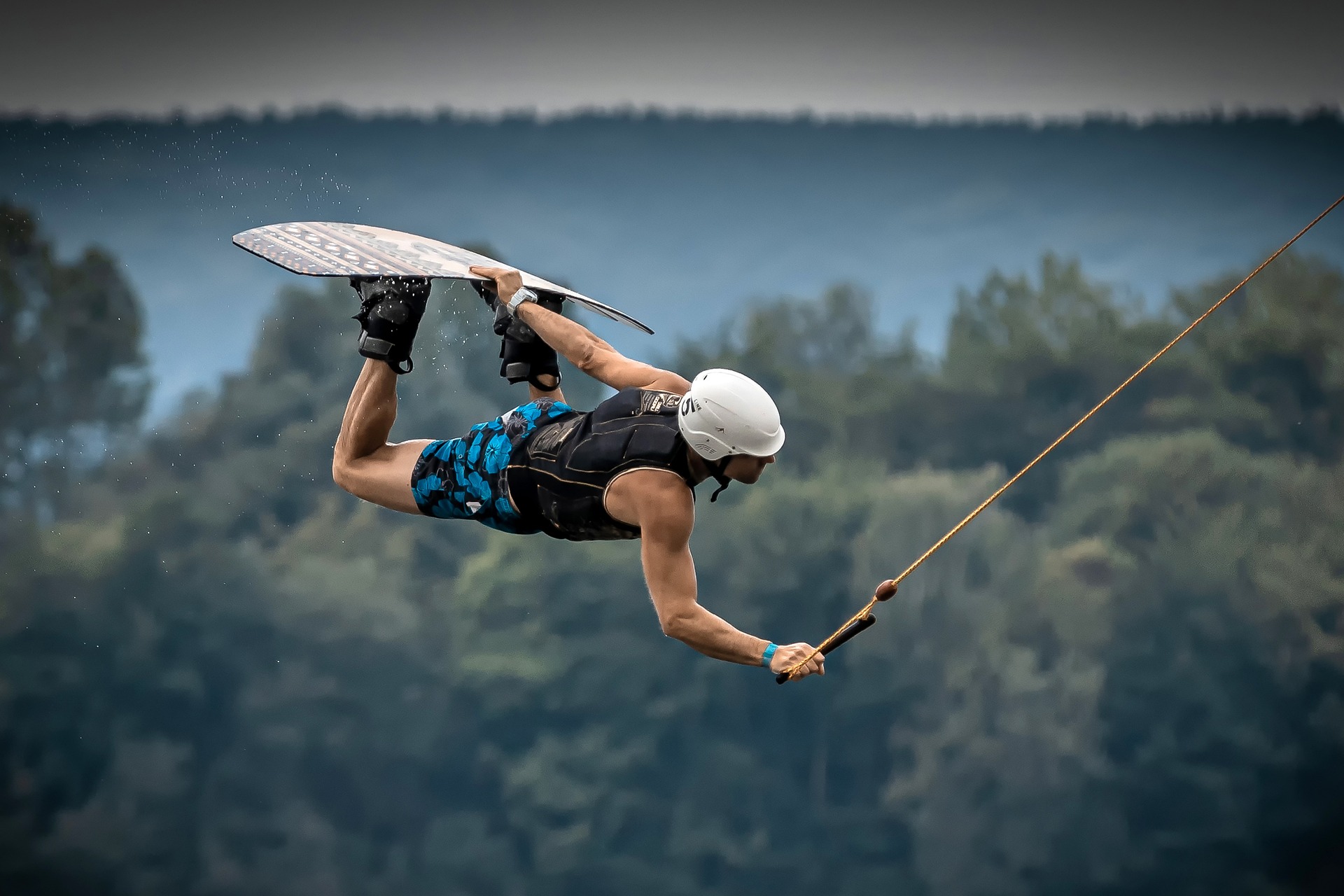Pioneering Visions: The Intriguing Rise of Virtual Reality in Performing Arts
Virtual Reality (VR) technology, once the realm of cutting-edge gaming and futuristic science fiction, has been boldly stepping into the spotlight of the performing arts. This is a transformative development, a trend that's steering the arts towards uncharted territories, offering brand new experiences, and challenging traditional boundaries.

The Genesis: Virtual Reality Meets Performing Arts
The origins of VR date back to the mid-20th century, with the first “VR” device, Sensorama, developed by Morton Heilig in the 1960s. However, it wasn’t until the 21st century that VR started to seep into the performing arts. Early applications were experimental, with artists and tech enthusiasts exploring the potential of this immersive technology.
Current Strides: The VR Revolution in Performing Arts Today
Fast forward to the present day, where VR technology is not just a component but often the driving force behind many contemporary performances. Dance companies, theatre troupes, and even opera houses are embracing VR to create immersive experiences that transport audiences to different worlds. From the Royal Shakespeare Company’s “Dream” that placed viewers in the heart of a virtual forest, to the Dutch National Opera’s VR-based “Eight,” the possibilities seem endless.
The Impact: How VR is Transforming the Performing Arts
The integration of VR into the performing arts presents a paradigm shift. It challenges the norms of traditional performance settings, blurring the lines between performers and audience. The immersion enables spectators to experience the art on a personal level, often becoming part of the performance themselves. Critics argue that this could lead to a loss of communal experience, but proponents counter that it adds a new dimension of engagement.
The Reception: Embracing the Virtual Stage
As with any innovation, the reception of VR in performing arts has been mixed. Some purists are skeptical, fearing that technology might overshadow the human element. However, many are excited about the possibilities, viewing VR as a tool to enhance, rather than replace, traditional art forms. The public response, too, has been largely positive with VR-enabled performances often selling out.
The Future: Navigating the Virtual Landscape
As VR technology continues to evolve, its role in the performing arts will likely grow. Future advancements could include haptic feedback, enabling audiences to “feel” performances, and AI integration, allowing for interactive elements. However, as we venture further into this virtual landscape, it’s essential to remember the irreplaceable power of human creativity and emotion that lies at the heart of all performing arts.
In conclusion, the advent of VR in the performing arts is a thrilling development, one that is reshaping the industry and expanding the boundaries of creative expression. Whether it’s a fleeting trend or a lasting evolution, only time will tell. For now, though, the virtual curtain has been raised, and a new era of performing arts has begun.




